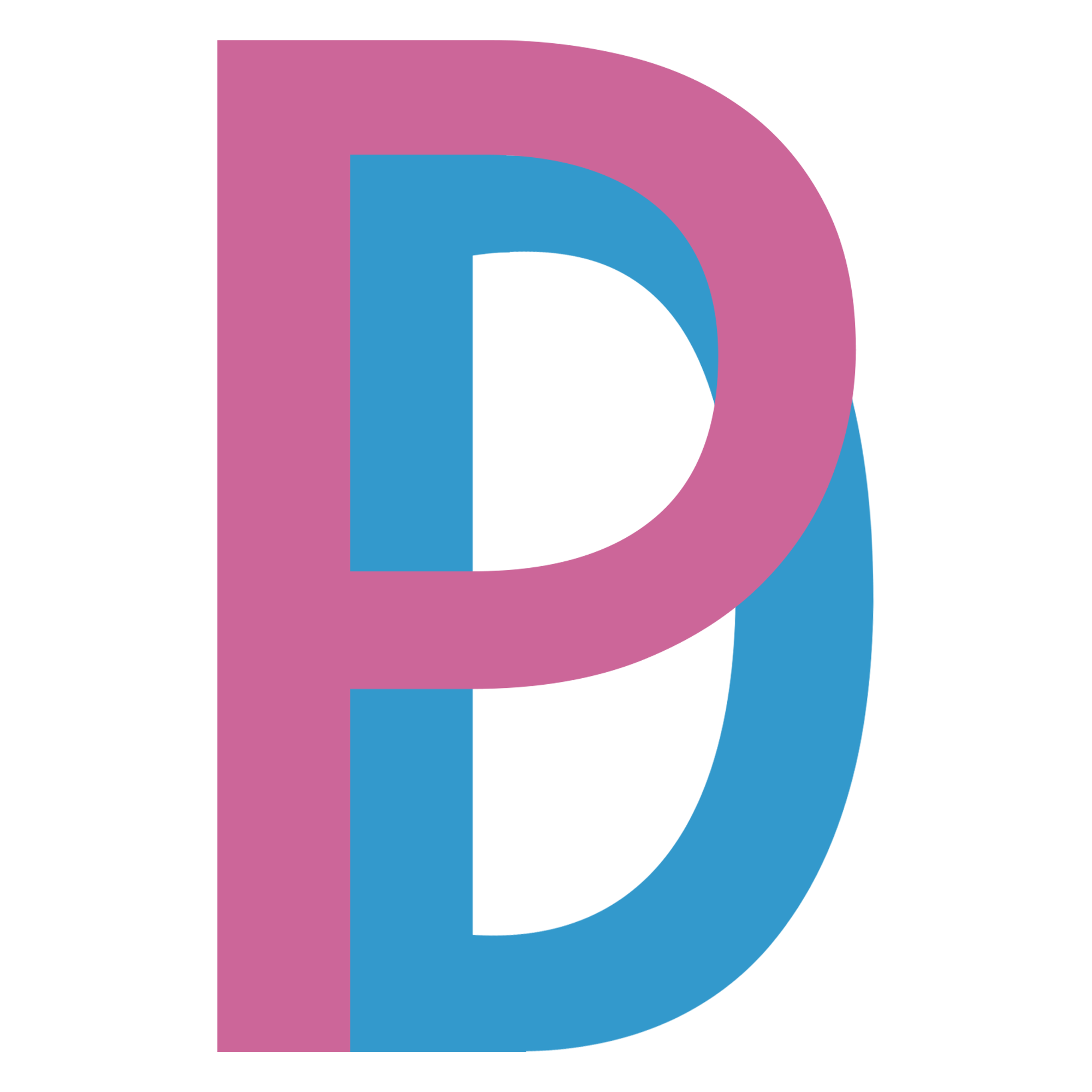When we say that everything around us is designed, it is a platitude that all of us can relate to. Our homes, streets, routines, lifestyle, desires, and even humans are designed to meet the norms of the pretentious system we live in. Nothing we create is in a vacuum that makes uncontrollable ripples that we are never in control of. With our brains constantly making sense of the inequality in hiring around us, it almost feels like an intractable problem. The statistical snubs of determining what is “too black”, “too elite”, “too girly”, “too rich” are undecipherable even for product designers who have graduated from top institutions or hold a superior experience.
However, no one can be held responsible when humans have to entirely rely on different user experiences and preferences and make decisions for other humans based on wildly limited information. The varsity of users, demands, approaches ad purposes can always force changes and blends to the same product that is to be available for different customers.
For instance, the cruise lines have different passenger models. One way is for the who pay an exorbitant amount for an expensive cabin boarding, simply separating them from the other way where others are considered lower-fare passengers for the entire trip. The leisure witnessed by the people will lead to a higher demand for upgrades, thereby benefiting the cruise line. Still, the time consumed during the rise and transition of requests will simultaneously make the lower-fare customers more disgruntled and unhappy with current experiences. Such complicated decisions thereby lead them to embark on unintended inequalities.
For bridging the notions of inequality and design, the issue must be broadly guided by a discussion of design practices. It should consider the domains of society, technology, hack, sexuality, performance, and ways to blend in reformation and curation of diversities.
To address this problem, product designers have adopted the idea of “undesigning” to acknowledge benign design selections that perpetuate harm in context and then consciously working to undo them. It’s about tracing the more minor yet essential problems that are not visible in the project brief. If we get to see what we do not have, it becomes evident that they are missing out and thus making it feel worse. But, when we do not witness inequality, one remains aware of it, but it becomes less immediately salient.
Product designers should imagine their project without constraints to make the product harmless in the ways designers identify. Instead of fitting in the missing, one must think and implement what is needed more. Undesigning and then redesigning is the best way to eradicate inequalities rather than just adding more volume to them.



